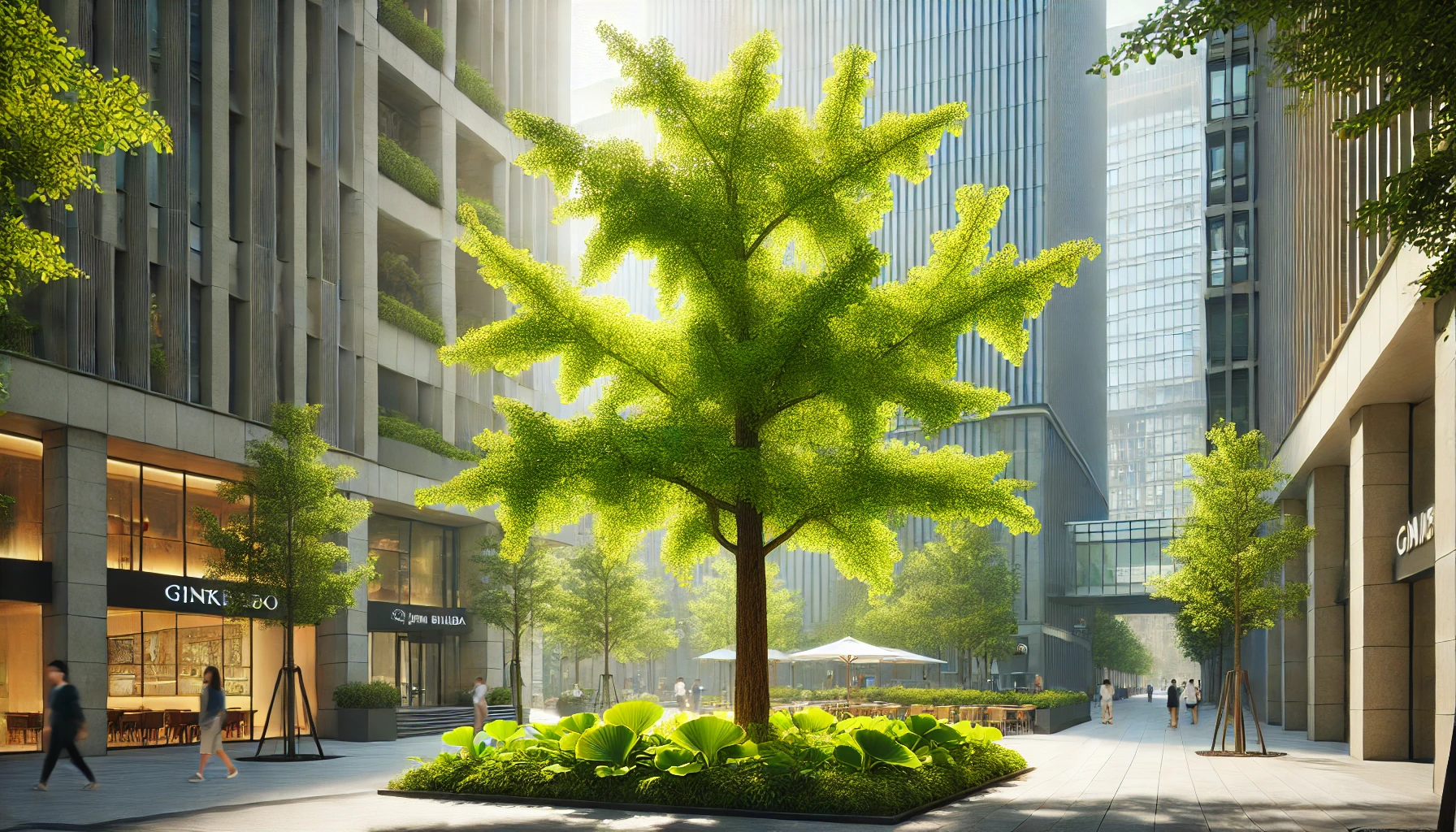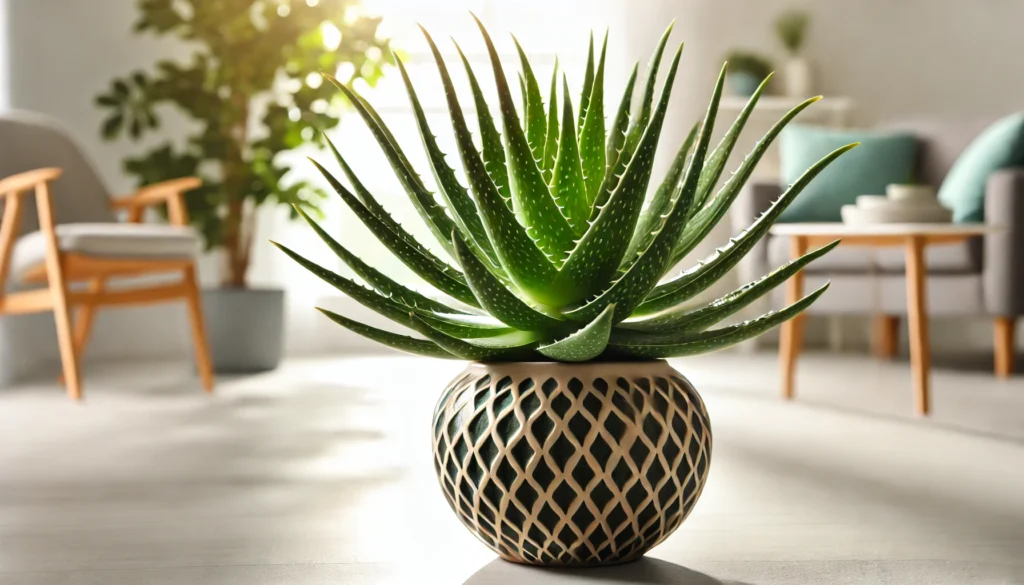
The Ginkgo tree (Ginkgo biloba), often called a living fossil, is one of the oldest tree species on Earth. This perennial tree is known for its unique fan-shaped leaves, which turn a brilliant yellow in the fall. Ginkgo trees can grow up to 80 feet (24 meters) tall and spread out to 40 feet (12 meters) wide, making them a striking addition to any landscape. With a lifespan that can exceed 1,000 years, the Ginkgo tree offers more than just beauty; it is a living piece of history.
History and Ideal Growing Conditions
The Ginkgo tree is native to China and has been cultivated for thousands of years, especially in temple gardens. Its resilience and beauty have made it popular worldwide. Ginkgo trees thrive in USDA Hardiness Zones 4-9, which covers a wide range of climates. They prefer well-draining soil and full sun, but they can also tolerate partial shade. Ginkgos are highly adaptable and can thrive in urban environments, tolerating pollution, salt, and poor soil conditions.
Is the Ginkgo Tree Toxic to Pets?
The Ginkgo tree is generally non-toxic to pets. However, the seeds, particularly the flesh surrounding the seed, can cause mild gastrointestinal upset if ingested in large quantities. It’s important to prevent pets from eating these seeds.
Safe Alternatives for Pet Owners
Since the Ginkgo tree is mostly non-toxic, it’s a safe choice for pet owners. However, if you’re concerned about the seeds, consider planting non-toxic alternatives like the Red Maple (Acer rubrum) or the Dogwood (Cornus spp.), which are both beautiful and safe for pets.
Best Practices for Caring for Your Ginkgo Tree
Ginkgo trees are low-maintenance, but following a few best practices will help them thrive.
Watering and Humidity
Ginkgo trees are drought-tolerant once established, but they benefit from regular watering during their first few years. Water deeply to encourage strong root growth, allowing the soil to dry slightly between waterings. Ginkgo trees do not require high humidity and are well-suited to various moisture levels.
Soil, Light, and Temperature
For optimal growth, plant your Ginkgo tree in well-draining soil. While they prefer full sun, Ginkgo trees can tolerate partial shade. The ideal temperature range for Ginkgo trees is between 50°F and 70°F (10°C to 21°C). However, they are resilient and can withstand temperatures as low as -30°F (-34°C) and as high as 100°F (38°C).
Common Problems and Remedies
Ginkgo trees are generally free from serious pests and diseases, but a few issues can arise.
One common problem is leaf scorch during hot, dry periods. To prevent this, water the tree regularly, especially during droughts. Chlorosis, where the leaves turn yellow, can also occur due to nutrient deficiencies. Adjust the soil pH or apply an iron supplement to remedy this. Root rot can happen if the tree is planted in poorly draining soil, so ensure the soil drains well.
Invasiveness
The Ginkgo tree is not considered invasive, making it a safe choice for gardens without the worry of it spreading uncontrollably. Its growth is moderate and contained, and it does not have aggressive root systems. If you’re concerned about invasiveness, consider alternatives like the Japanese Maple (Acer palmatum) or the Serviceberry (Amelanchier spp.), which are non-invasive and offer similar beauty.
Propagation and Benefits of the Ginkgo Tree
Ginkgo trees can be propagated by seeds or cuttings. However, growing from seeds requires patience, as they can take months to germinate. Cuttings are quicker and more reliable. The Ginkgo tree offers many benefits, including its stunning fall foliage and its ability to thrive in urban conditions. Additionally, Ginkgo leaves have been used in traditional medicine for centuries, believed to improve memory and cognitive function.
Final Thoughts
The Ginkgo tree is a remarkable and resilient plant that brings a touch of ancient history to modern landscapes. Its unique fan-shaped leaves, impressive size, and vibrant fall color make it a standout choice for any garden. While it requires minimal care, its presence can greatly enhance the beauty and character of any setting. Whether you’re planting it for its aesthetic appeal or its historical significance, the Ginkgo tree is sure to be a cherished addition to your landscape.



